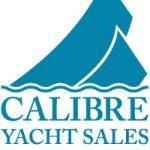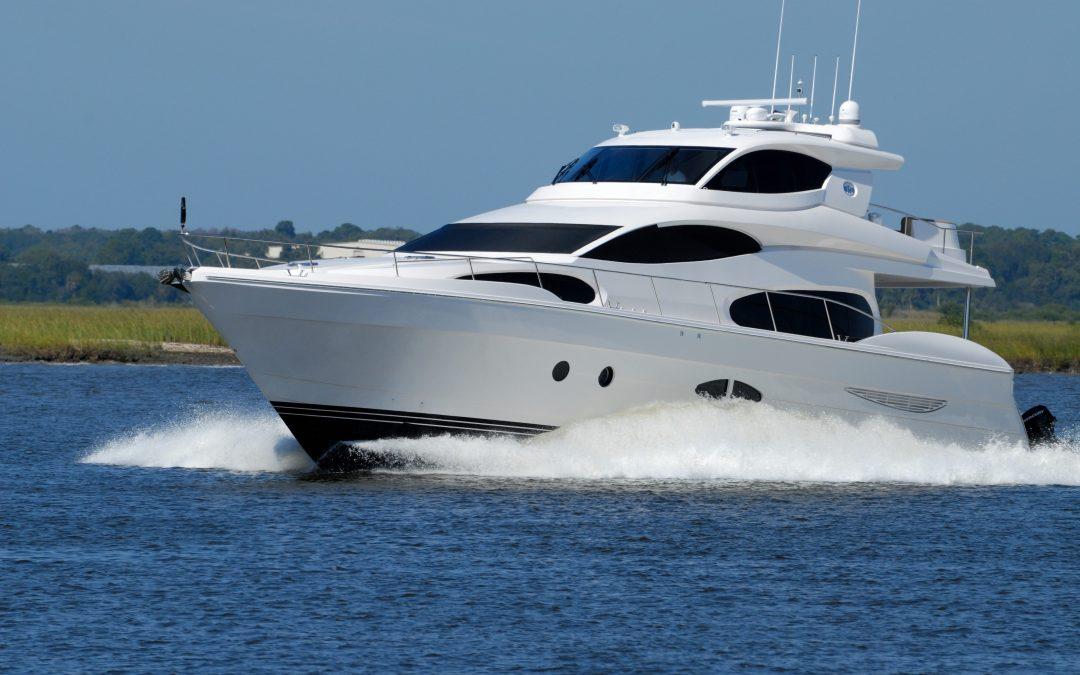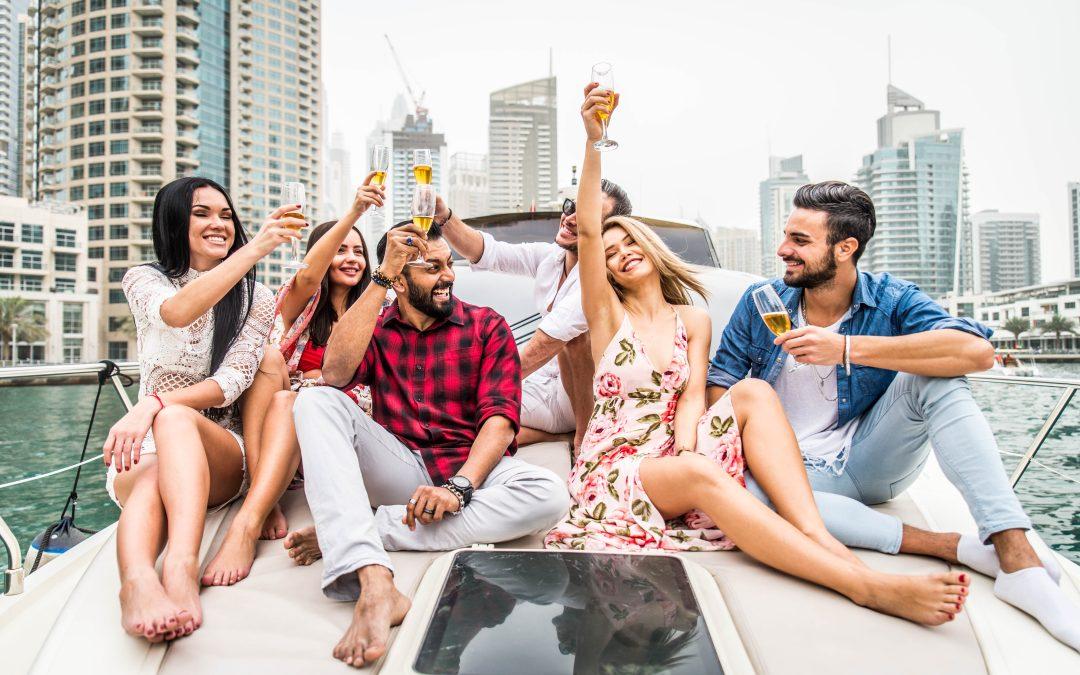We Make Boat Buying & Selling Simple
Welcome
Welcome to MTT Marine Title Transfers Inc., a professional company based in British Columbia, Canada. Our company specializes in marine documentation services, helping Canadian boat buyers, sellers, brokers, and dealers to coordinate all aspects of a vessel’s purchase and sale transaction.
We provide a comprehensive range of services, including completing all documentation related to the purchase and sale of vessels, ownership transfers, obtaining pleasure craft licenses, and Transport Canada registrations for new boat owners. We also offer lien searches to alert buyers to any encumbrances registered against a boat and provide trust/escrow account services to hold funds on behalf of buyers and sellers until due diligence is completed.
Trust MTT to ensure that your marine transaction is properly coordinated, documented, and completed with professionalism and expertise.

David C. Carkeek
Our founder, David C Carkeek, has over 30 years of experience in finance, accounting, business management, and entrepreneurial ventures.
Title & Registration
We specialize in completing all documentation related to the purchase and sale of vessels, including ownership transfers, obtaining pleasure craft licenses, or Transport Canada registrations for new boat owners.
Lender Services
We work with our trusted partners to find boat buyers a lender willing to finance their dream boat without the hassle of running from bank to bank to find the best rates.
Settlement Services
We offer Trust/Escrow Account services to hold funds on behalf of buyers and sellers until due diligence is completed, ensuring a smooth and secure settlement process.
We Ensure a Seemless Transaction
The Pacific North West is where the cruising adventure really begins
OUR INSIGHTS
The Step-by-Step Process of Buying or Selling a Boat
The Step-by-Step Process of Buying or Selling a Boat When using a title transfer service company like MTT (MTT Marine Title and Transfers Inc.), the process of completing a boat purchase and transferring the title and licence or registration can be made much easier and more efficient. MTT is a private company that specializes in handling boat title transfers and licence applications or the registration of the vessel. They work with both buyers and sellers to ensure a smooth and hassle-free transaction. Commonly asked Question. “What is the difference between a PLEASURE CRAFT LICENCE (PCL) and a VESSEL REGISTRATION? PLEASURE CRAFT LICENCE (PCL): A PCL is a provincial licence and is required for all Pleasure Craft with 10hp motor or more, operating in local waters (in the case of BC, a PCL vessel can travel into Washington State and Alaska waters if you apply for a cruising permit – CPB ROAM app) REGISTRATION CERTIFICATE: A Registration Certificate is required if the vessel is going to travel abroad and be recognized internationally as a flagged and registered vessel, with a unique registered name as well as the Port of Registry. A vessel requiring a marine mortgage will also have to be registered
Navigating the Waters of Buying a Pleasure Craft in Canada and Abroad
Navigating the Waters of Buying a Pleasure Craft in Canada and Abroad Buying a Pleasure Craft in Canada or from Abroad If you’re considering purchasing a pleasure craft in Canada or from abroad, there are several things you need to consider to ensure the vessel meets legal requirements and construction standards. Here are some important things to keep in mind: Hull Serial Number All boats sold in Canada must have a Hull Serial Number. This number is mandatory for vessels constructed after August 1, 1981, and is placed on every boat by the manufacturer or importer to demonstrate that it meets relevant construction standards. If you’re considering purchasing a boat without a Hull Serial Number, insist that the seller obtains one before you make the purchase. Canadian Compliance Notice Most boats sold in Canada that are powered by a motor must carry a Canadian Compliance Notice. This notice means that the boat met the department’s construction standards at the time it was built. However, changes to the boat over time may mean that the compliance notice is no longer valid. If you’re buying a used boat, ensure that it still meets construction standards or hire a marine surveyor to examine
Tips for Responsible Boating
Navigating Safe Waters: Tips for Responsible Boating Boating can be a fun and enjoyable experience, but it’s important to prioritize safety on the water. Every year, about 100 people die and many more get seriously injured in boating incidents. However, most boating deaths and injuries can be avoided by following proper safety practices and understanding the regulations that apply to boating. Transport Canada publishes a Safe Boating Guide to help boaters learn about the regulations and practices that can help ensure a safe and enjoyable experience on the water. The guide covers topics such as the importance of wearing a lifejacket, understanding the Canadian Buoy system, and learning how to share waterways. One of the most important aspects of safe boating is wearing a lifejacket. Every person on board a pleasure craft is required to have a Canadian-approved lifejacket or personal flotation device (PFD). It’s also recommended that children under the age of 12 wear a lifejacket at all times while on board. It’s important to ensure that the lifejacket fits properly and is in good condition. Understanding the Canadian Buoy system is also essential for safe boating. The system uses different colors and shapes to indicate various navigational hazards
Boat Insurance: A Guide for Canadian Pleasure Craft Owners
Boat Insurance: A Guide for Canadian Pleasure Craft Owners Boat insurance is an essential component of boating in Canada. It not only protects your investment but also helps you navigate the waters with peace of mind. However, with so many options available in the market, it can be challenging to decide on the right policy for your pleasure craft. In this blog post, we will discuss the different types of boat insurance available for pleasure crafts in Canada and the risks of not having coverage. Liability coverage: This is the most important type of boat insurance and it covers damage caused to another person’s property or any injury that they may suffer as a result of your boat’s operation. Liability coverage is mandatory if you plan to take your boat outside Canadian waters. Even if it’s not required in Canada, it’s still a smart investment to protect yourself from financial loss in case of an accident. The risk of not having liability coverage is significant. Liability insurance provides financial protection in the event that you are held responsible for causing injury or damage to another person or their property. Without liability coverage, you could be personally responsible for paying the






